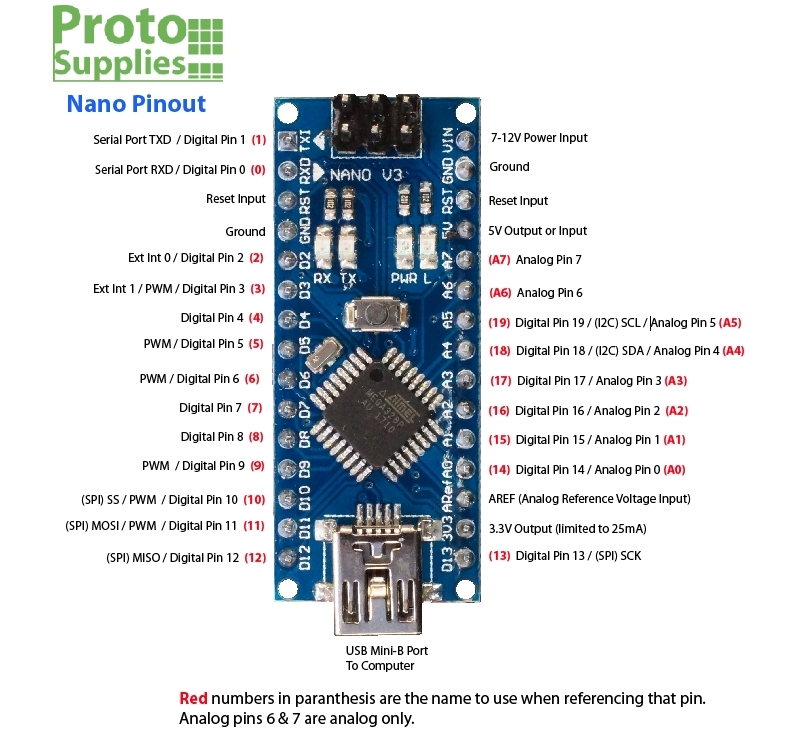

These are the GPIOs that can be used as ADCs and their respective channels:ĪDC input channels have 12 bit resolution. Those internal touch sensors are connected to these GPIOs:ĮSP32 has 18 x 12 bits ADC input channels (ESP8266 only has 1x 10 bits ADC). Capacitive touch pins can also be used to wake ESP32 out of deep sleep. These pins can be easily integrated into capacitive pads and replaced with mechanical buttons. So they can detect the changes that occur when GPIOs are touched with one finger. They understand the differences between anything that holds an electric charge like human skin. The ESP32 has 10 internal capacitive touch sensors. Therefore, do not use these pins in your projects: GPIO pin 6 to GPIO pin 11 displayed on ESP32 development boards are normally connected to the integrated SPI flash on the ESP-WROOM-32 chip, which is not recommended for other uses. These pins have no internal pull-ups or pull-down resistors and cant is used to connect actuators to perform OUTPUT functions. GPIOs range from 34 to 39 GPIs – input only PIN.
Arduino nano pinout gpio download#
GPIO pins highlighted in red are not recommended for use as inputs or outputs GPIOĬontinue reading for the details and fuctions of the esp32 gpio.Ĭlick here to download the ESP32 Datasheet Input only GPIO pins

It is OK to use the ones highlighted in yellow, but you need to be careful, as they may have an unpredictable nature, mainly on the boot. It is OK to use pins highlighted in green. The following table shows the most suitable pins to use for inputs, outputs, and what to look out for. ESP32 DEVKIT V1 DOIT board is an example of this and that it has 36 pins which can be changed depending on the construction.Īdditionally, there are pins that have specific features that make them suitable for a particular project or not. In spite of the fact that you can characterize the pins properties on the software, the pins define it by default as shown in the figure below.

This is possible due to the multiplexing feature of the ESP32 chip. However, you can decide which pins are UART, I2C, SPI, PWM, etc.


 0 kommentar(er)
0 kommentar(er)
